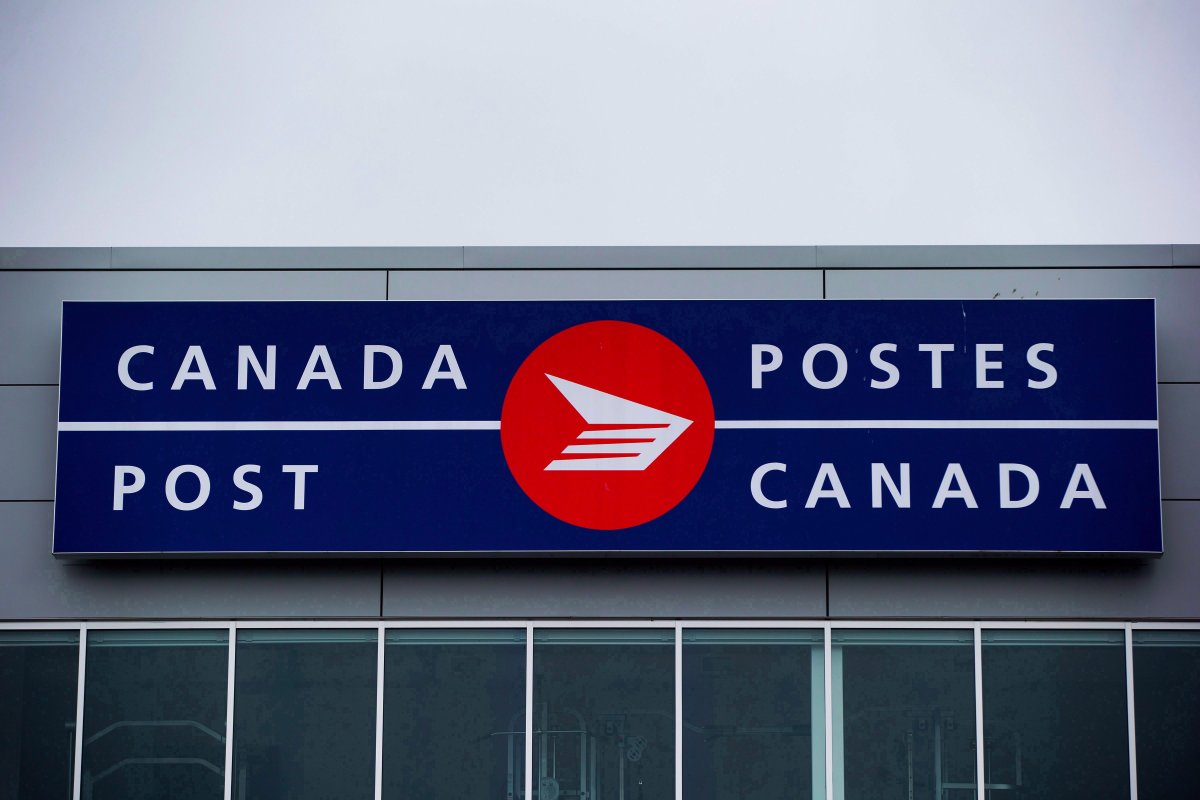The Uber Auto Service Cash-Only Transition: Pros And Cons

Table of Contents
Advantages of a Cash-Only Uber Auto Service System
A cash-only system for Uber Auto services presents several potential benefits, primarily for the drivers themselves.
Increased Driver Earnings and Reduced Fees
Eliminating transaction fees associated with digital payments is a significant advantage. Digital payment platforms often charge a percentage of each transaction, directly impacting a driver's earnings. By switching to cash, drivers can retain a larger portion of their fares.
- Higher net income per ride: Every ride translates to more profit without the deduction of processing fees.
- Reduced reliance on fluctuating digital payment systems: Cash transactions are immediate and avoid the delays and potential complications of electronic transfers.
- Potential for greater financial stability for drivers: Consistent, predictable income can significantly improve a driver's financial security.
Enhanced Security for Drivers
Cash transactions can offer increased security for drivers, particularly concerning fraud and disputes.
- Reduced instances of chargebacks: The risk of fraudulent chargebacks, a common issue with digital payments, is eliminated.
- Easier dispute resolution in case of payment issues: Cash transactions provide clear and immediate proof of payment.
- Increased sense of security, particularly in areas with unreliable internet connectivity: Cash doesn't rely on digital infrastructure, making it a reliable payment method even in areas with limited internet access.
Accessibility in Areas with Limited Digital Infrastructure
A cash-only system could improve accessibility in regions or communities with limited access to smartphones, banking services, or reliable internet.
- Wider reach of the service: This makes the service available to a larger segment of the population.
- Inclusion of underserved communities: This offers a crucial service to those lacking access to digital financial tools.
- Increased usability for a broader customer base: Many individuals still prefer cash transactions for various reasons, including privacy concerns.
Disadvantages of a Cash-Only Uber Auto Service System
While cash transactions offer some advantages, they also present significant drawbacks for both drivers and riders.
Inconvenience for Passengers
A cash-only system introduces several inconveniences for passengers accustomed to cashless transactions.
- Need to carry cash: This necessitates planning and carrying sufficient cash, which can be cumbersome and inconvenient.
- Increased risk of theft or loss of cash: Passengers risk losing cash, particularly in crowded areas or during long trips.
- Difficulty tracking expenses: Cashless payments offer easier expense tracking for budgeting and tax purposes.
- Lack of contactless payment options impacting hygiene: In the age of heightened hygiene awareness, contactless payment offers a safer and cleaner alternative.
Increased Risk of Robbery for Drivers
Carrying substantial amounts of cash significantly increases the risk of robbery for drivers.
- Higher risk of becoming a target for theft: Drivers become potential targets, especially during late-night shifts or in high-crime areas.
- Safety concerns for drivers, particularly during late-night shifts: This impacts driver safety and well-being.
- Need for additional security measures: Drivers might need to invest in additional security measures to protect themselves and their cash.
Challenges in Tracking and Managing Finances
Managing finances with a cash-only system presents significant challenges for both drivers and the Uber platform.
- Difficulty in accurate financial reporting: Tracking income and expenses accurately becomes more difficult.
- Increased risk of accounting errors: Manual record-keeping increases the likelihood of mistakes.
- Potential tax compliance issues: Accurate record-keeping is crucial for tax purposes, and cash transactions can complicate this.
- Limited integration with accounting software: Cash transactions are difficult to integrate into modern accounting software and automated systems.
Conclusion
The debate surrounding the Uber Auto service cash-only transition is complex. While a cash-only system offers potential benefits for drivers, such as increased earnings and reduced fees, it also introduces significant drawbacks for riders and presents safety and financial management challenges. The decision to adopt a cash-only system involves a trade-off between potential benefits and drawbacks. Understanding both sides of the argument is vital. Let's continue the conversation and explore ways to improve the overall experience for both drivers and riders within this evolving landscape of Uber Auto service payment options.

Featured Posts
-
 Py Ays Ayl Ke Dwran Lahwr Myn Askwlwn Ke Awqat Kar Myn Tbdyly
May 08, 2025
Py Ays Ayl Ke Dwran Lahwr Myn Askwlwn Ke Awqat Kar Myn Tbdyly
May 08, 2025 -
 Ripple Xrp Sees Significant Investment 20 Million Token Purchase By Whale
May 08, 2025
Ripple Xrp Sees Significant Investment 20 Million Token Purchase By Whale
May 08, 2025 -
 Liga De Quito Vs Flamengo Analisis Del Crucial Partido De La Copa Libertadores Grupo C
May 08, 2025
Liga De Quito Vs Flamengo Analisis Del Crucial Partido De La Copa Libertadores Grupo C
May 08, 2025 -
 Steven Spielbergs Top 7 War Films Excluding Saving Private Ryan A Ranked List
May 08, 2025
Steven Spielbergs Top 7 War Films Excluding Saving Private Ryan A Ranked List
May 08, 2025 -
 Possible Canada Post Strike In Late October What To Expect
May 08, 2025
Possible Canada Post Strike In Late October What To Expect
May 08, 2025
Latest Posts
-
 Disney Profit Increases Parks And Streaming Fuel Positive Forecast
May 09, 2025
Disney Profit Increases Parks And Streaming Fuel Positive Forecast
May 09, 2025 -
 Bondi Faces Scrutiny Senate Democrats Claim Hidden Epstein Files
May 09, 2025
Bondi Faces Scrutiny Senate Democrats Claim Hidden Epstein Files
May 09, 2025 -
 Unaffordable Homes How High Down Payments Exclude Canadians
May 09, 2025
Unaffordable Homes How High Down Payments Exclude Canadians
May 09, 2025 -
 Disneys Profit Outlook Rises Parks And Streaming Drive Growth
May 09, 2025
Disneys Profit Outlook Rises Parks And Streaming Drive Growth
May 09, 2025 -
 Epstein Records Concealment Allegation Senate Democrats Target Pam Bondi
May 09, 2025
Epstein Records Concealment Allegation Senate Democrats Target Pam Bondi
May 09, 2025
